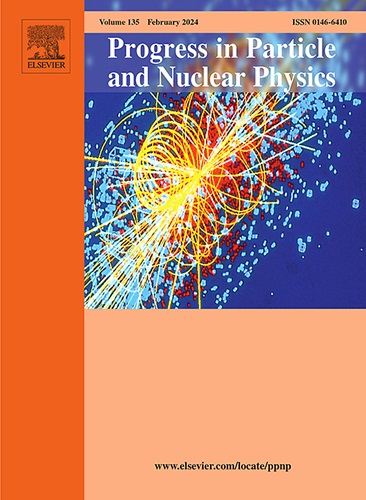Theoretical studies of Pygmy Resonances
Abstract
This review aims at giving a critical description of the theoretical researches conducted on the low-lying dipole states traditionally denoted as Pygmy Dipole Resonances (PDR). A brief survey of the experimental techniques and recent experimental findings is presented as an introduction to the main part of the paper. The presence of the PDR on stable and unstable nuclei with neutron excess is well established in theoretical and experimental studies. The theoretical approaches are reviewed starting from the macroscopic collective models to the microscopic mean-field theories. The isospin mixed nature of the PDR – reproduced by all the microscopic approaches – allows to study the excitation with isovector and isoscalar probes. To draw a better picture on the structure of this mode is therefore important to complement the theoretical studies with detailed investigation on the reaction mechanism. To this mean, this paper gives specific focus to the description of the cross section calculations. The semiclassical Coupled Channel equations are shortly reviewed with particular attention to the construction of the nuclear potential and radial form factors with the microscopic transition densities. The interplay of Coulomb and nuclear contributions, their dependence on mass, charge and incident energy are analysed with the help of few selected examples. Most of the features of the PDR are well described by the theoretical approaches even though few open question remain to be clarified. Among them a discussion on the collectivity of the mode, isospin splitting and role of deformation is presented. Most of the theoretical works and the new experimental findings on the collective properties of the PDR jeopardise the common picture of this excitation mode as related to the oscillation of the neutron skin against an inert core The question on the influence of the neutron excess on other multipolarities is also reviewed.

 求助内容:
求助内容: 应助结果提醒方式:
应助结果提醒方式:


